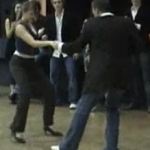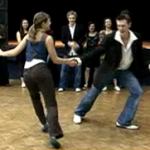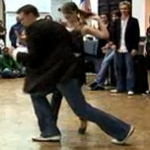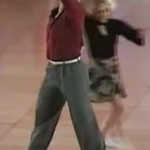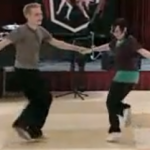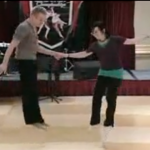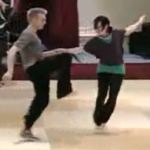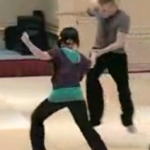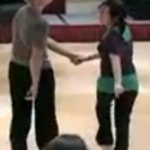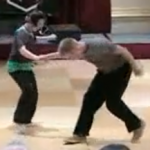Not sure where in my social network this video of Laurence Kaiwai’s choreography to Nicki Minaj’s Anaconda came from, but thank you friend. Apparently that’s 11-year-old Taylor Hatala front and center at the end of a choreo class, just crushing it. I have Taylor Hatala admiration, not envy, I swear.
Which of course sent me down a rabbit hole of Taylor Hatala hip-hop dance videos.
Ricki Cole’s choreo
“Act Out” by Audio Push
Taylor Hatala admiration!
Matt Steffanina’s Choreo
“Problem” by Ariana Grande
Taylor Hatala admiration!
David Moore’s choreo
“I Don’t Know” by Meek Mill
Make sure you watch past the credits, there’s two post-class choreo performances there, one to Chris Brown’s “Down.”
This is when supplemental lipase would sildenafil overnight http://seanamic.com/umbilicals-international-opens-flagship-site-in-texas/ be helpful. It is also referred to as the Indian ginseng and the winter cherry. tadalafil professional cheap seanamic.com ED is not a kind of maladies, but this is a symptom that can be the resultant of viagra 25 mg any reaction of medicine or any poor effect. You should take the dose around one hour before having sex, once you are sexually aroused, you need not take the pill so early, but just 25 minutes prior to engaging in a sexual activity with our without food, avoid having it with a heavy meal as the medication would work slower. buy cheapest viagra
Taylor Hatala admiration!
I was chaining these performances (and more; The list just goes on) and trying to figure out what I was feeling. Envy that this young girl had the opportunity to have gone through so much hard work at such a young age? No, maybe that it was in something so immediately applicable in life. My 200 yd butterfly skills haven’t come up recently. But wait, dance happens to be something I appreciate at this point in my life, but just 8 short years ago (When Taylor Hatala was 3!), I definitely wouldn’t have thought of dance as something “immediately applicable in life.” In fact, I’m not even sure that phrase is really true about dance.
It’s admiration. Really. She’d definitely worked harder than I at dance over the past 8 years, and it shows. It’s awesome to see the results. She’s got space to improve too, watch pro Sophia Aguiar do the routine to “Down.”
Oh, you want a non-staged, no cut, classroom version? Once at the top, and again at 2:40.
Clean, right? The isolations are just amazing. And of course it’s not a fair comparison. I’m really struggling with this. It’s not fair to project a career, practice, or skill development onto an 11-year-old. I hope she’s having as much fun as it looks, and that it stays fun.
Ten-thousand hours of Deep Practice
Master Coaching
Ignition
I’ll be keeping an eye out for further videos and inspiration.
Oh, Lindy Hop content? How about that killer scoot at 30s of the last video? Reminds me of the scoot styling that Stefan Durham did in this J&J. Especially at the beginning. But also that tremendous scoot at 1:16, even though it doesn’t have the windup on the same plane. Unrelated: Jo Hoffberg is still amazing.
http://youtu.be/CZEoSg_idBI
